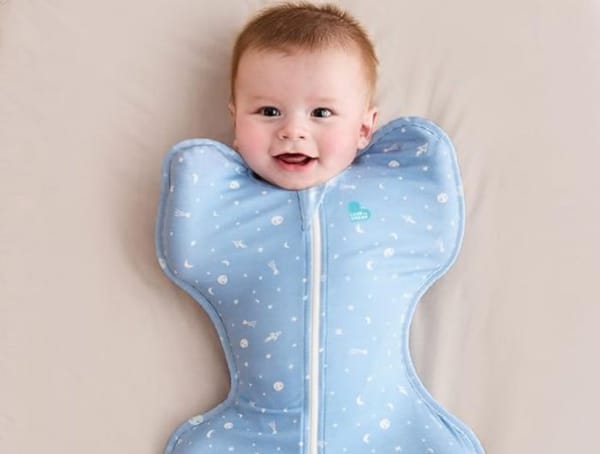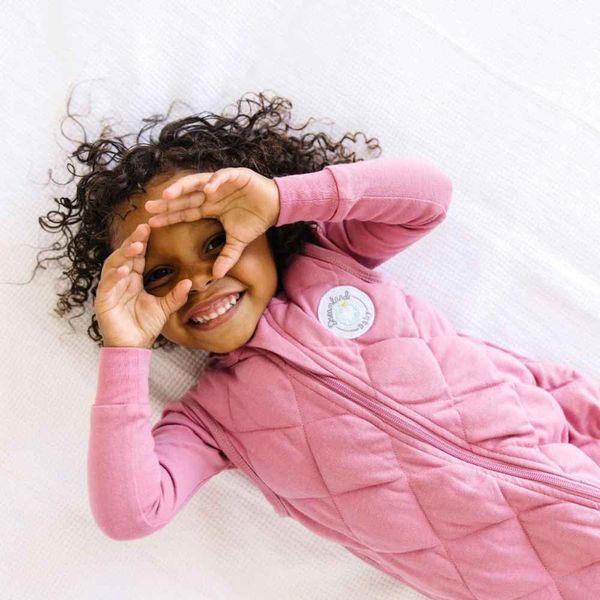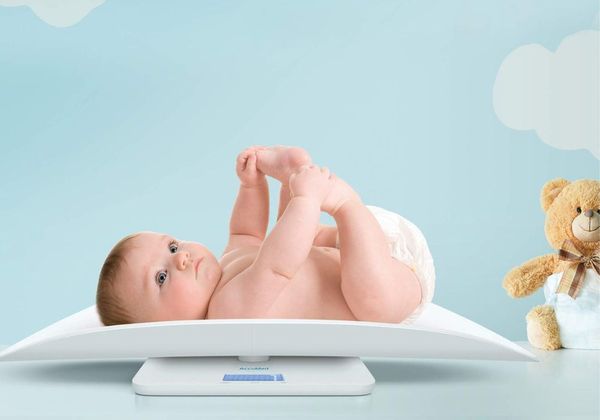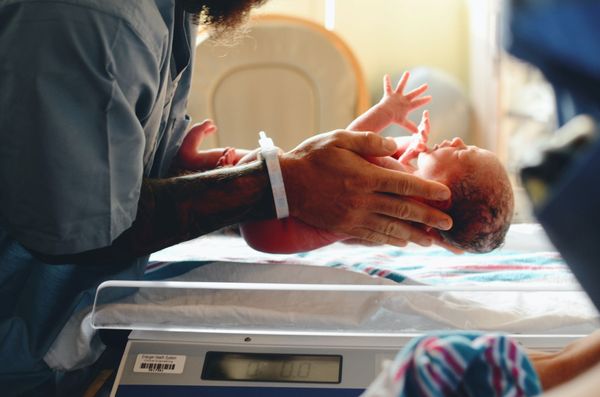You've heard about weighted blankets for adults, but what about weighted sleep sacks for babies? In this blog post, we are going to share with you our personal experience with using a weighted sleep sack, as well as some research-backed facts and tips on how to use them safely and effectively.
What Is A Weighted Sleep Sack For Babies?
A weighted sleep sack is a type of wearable weighted blanket that has some extra weight added to it. The weight is usually distributed evenly throughout the fabric or in specific areas such as the chest or back.
The idea is that the weight creates a gentle pressure on the baby's body, similar to a hug or a swaddle. This pressure is supposed to mimic the feeling of being held or cuddled by a parent, which can calm the baby and make them feel more secure while they fall asleep.
The weight also mimics the feeling of being held by mom or dad, which encourages relaxation and sleepiness.
They have features such as zippers, snaps, or Velcro closures that make them easy to put on and take off. They also have armholes or sleeves that allow the baby to move their arms freely.
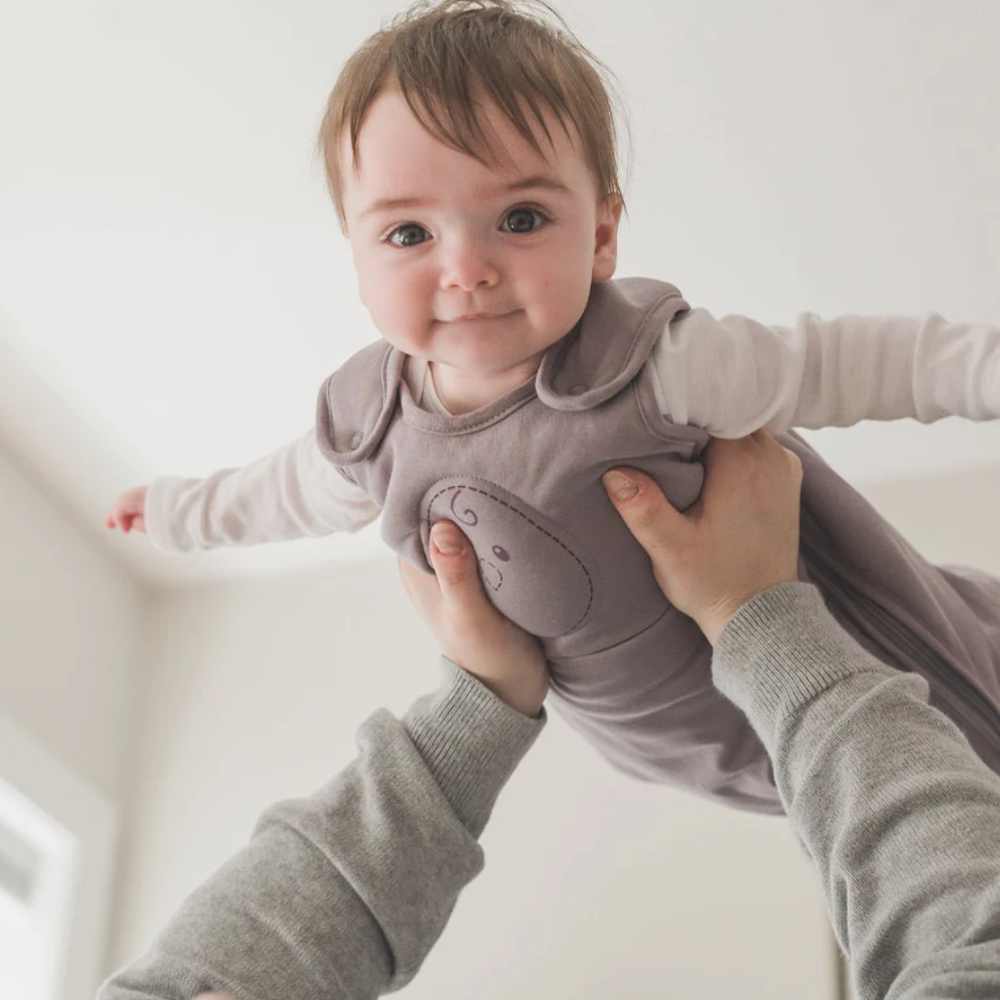
How To Choose And Use A Weighted Sleep Sack For Your Baby?
Safety first
Make sure that it meets the safety standards set by the American Academy of Pediatrics (AAP) and the Consumer Product Safety Commission (CPSC). These include:
The weight should not exceed 10% of the baby's body weight. For example, if your baby weighs 10 pounds, the weighted sleep sack should not weigh more than 1 pound.
The weight should be evenly distributed throughout the fabric or in specific areas such as the chest or back. It should not be concentrated in one spot or shift around when the baby moves.
The fabric should be breathable and not too hot or cold for the baby. It should also be soft and smooth on the skin and not cause any irritation or allergy.
The closure should be secure and easy to use. It should not pose any choking or strangulation hazard for the baby.
The size and fit should be appropriate for the baby's age and weight. It should not be too tight or too loose, and it should not cover the baby's face or interfere with their breathing.
Quality matters
It should be durable and well-made, and withstand frequent washing and use. Some of the best brands of weighted sleep sacks for babies are:
Nested Bean - This is popular brand of weighted sleep sacks for babies. It has a unique design that features a lightly weighted pad on the chest area that mimics the pressure of a parent's hand.
Experiment and adjust
Every baby is different, and what works for one may not work for another. You may need to try different brands, weights, sizes, or styles until you find the one that suits your baby best.
You may also need to adjust the weight or the temperature according to your baby's growth or the season. The key is to observe your baby's cues and feedback, and to be flexible and patient.
How Should A Sleep Sack Fit
It should fit snugly and feel comfortable on the baby without being too tight or too loose. Make sure there is enough room around their shoulders and hips so that they can move freely and safely without binding fabric.
Choose one that offers an appropriate amount of warmth for your baby's conditions, and remember to always place them on their back when sleeping - this is the safest choice.
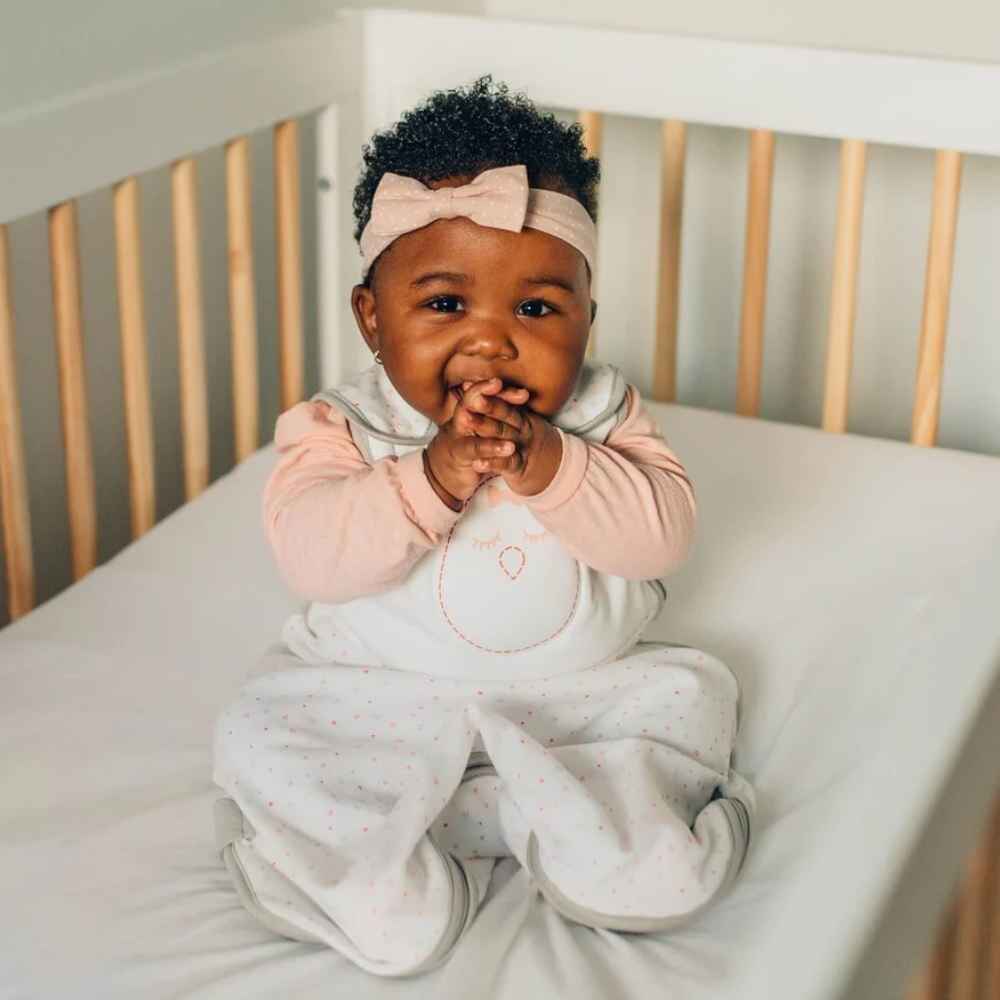
When Can You Start Using A Weighted Sleep Sack
It is important for the safety of your baby that you do not start using a weighted sleep sack until your baby is at least 4 months of age. This can help reduce the risk of suffocation or other risks associated with using a weighted sleep sack at too young an age.
Make sure that there is only one layer between your baby's skin and the sleep sack to not be too hot or uncomfortable for them.
If you are wondering, are weighted sleep sacks safe, then read our blog post on their safety.
How Long Can A Baby Wear A Weighted Sleep Sack
Generally speaking, experts say a baby can wear a weighted sleep sack until they reach two years of age. It is recommended that the weight of the sleep sack does not exceed 10% of the infant’s body weight to ensure comfort and safety.
Weighted Sleep Sacks Benefits
They are designed with safety in mind - weighted sacks are made of soft fabrics that won't overheat the baby nor restrict their movement.
The gentle pressure of the weights helps soothe babies into deeper, more restorative baby sleep cycles.
They help decrease nighttime wake-ups due to anxiety or fear.
Weighted sacks can be used as part of bedtime routines, creating consistency and helping babies differentiate daytime from nighttime activities.
For parents who travel often, using a weighted sack offers familiarity when away from home; it also eliminates the need for bulky blankets or toys when packing for trips!
They can reduce the risk of sudden infant death syndrome (SIDS). One of the main risk factors for SIDS is loose bedding or blankets that can cover the baby's face and cause suffocation. A weighted sleep sack eliminates this risk by keeping the baby snug and warm without any loose material around their head or face.
Weighted sleep sacks offer several benefits for both baby and parents that makes them totally worth it but do weighted sleep sacks work?
Conclusion
Weighted sleep sacks are a great option for parents who want to help their babies sleep better and longer. They can provide comfort, security, warmth, and peace of mind for both the baby and the parent.
However, they are not magic bullets or miracle cures. They are not substitutes for good sleep habits or routines, or for addressing any underlying issues or concerns that may affect your baby's sleep quality or quantity.
Thank you for reading Mother Bear Reviews, your favorite parenting blog!



